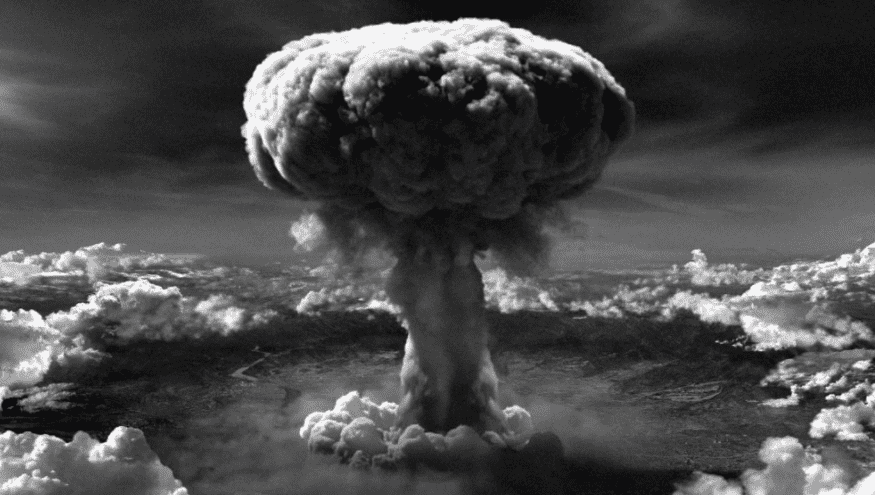
5. France vs. Flood and Hail
France, already suffering from an economic crisis due to America’s support in the war against England, received an unexpected hit from nature — the spring flood, which led to the dramatic increase in food prices. But soon after, terrible hail storms destroyed most of the crops and caused irreparable damage to countless farms. This was the birth of the French Revolution.

6. Slave Revolt vs. Storm
August 30, 1800, could go down in history as one of the largest slave uprisings in America. Thousands of slaves in Richmond, Virginia, were about to follow their leader Gabriel Prosser and rebel. They were planning to seize the armory and abolish slavery. But a violent storm prevented the rebels from gathering long enough for the conspiracy to be revealed.

7. Napoleon vs. Russian Winter
In 1812, Napoleon Bonaparte was about to invade Russia with the largest army in Europe. His confidence only grew stronger after the successful capture of Moscow, but then the frosts rolled in. In just one day, around 50,000 army horses died due to the weather. This huge loss marked the beginning of the end for Napoleon’s empire.


8. Hiroshima vs. Clouds
It was a beautiful summer day in Hiroshima on August 6, 1945. At 07:09, an airplane flew over the city, reporting to the base: “the cloud cover is less than 30%.” These were almost ideal conditions for dropping the first nuclear bomb. The absence of clouds that day doomed Hiroshima and saved the backup target — Kokura. On August 8, a second nuclear bomb was loaded into a B-29 aircraft, but the skies over Kokura were overcast with clouds that could mess up the strike, and the bomb went to the alternate target —Nagasaki.








